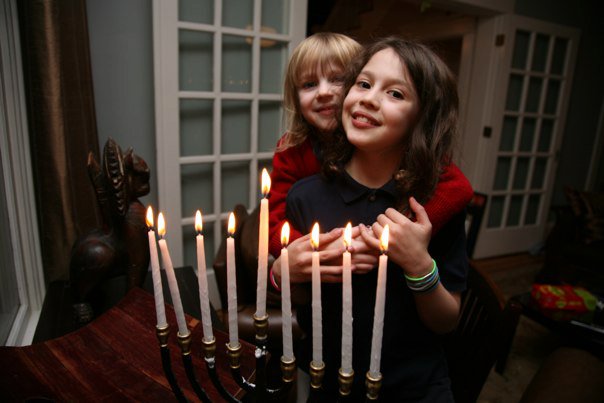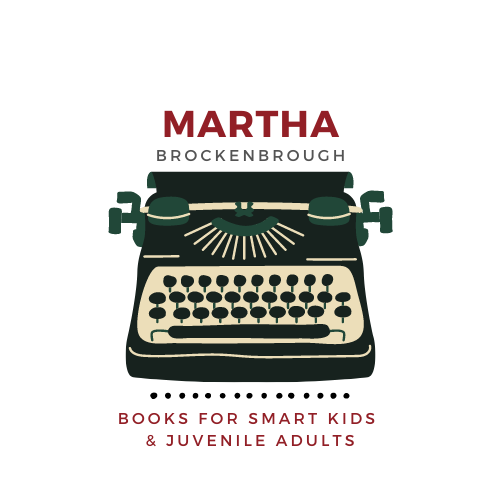
On Sunday afternoon, Adam and Alice had tickets to a UW women’s basketball game, so Lucy and I had a rare opportunity to hang out together, just the two of us.
She asked if I’d take her to “Harry Potter,” and since the answer to any question about the boy wizard is yes, we hopped into Adam’s convertible and headed to the theater.
A pineapple express weather system had blown into Seattle—the sort that fills the unseasonably warm air with raindrops the size of grapefruits.
I mention this mainly because in weather like that, riding in Adam’s car provides an opportunity for one to contemplate one's own mortality. The thing is only slightly larger than a shoe, and in rain like this, it’s easy to imagine the worst. Especially if, like me, you are prone to imagine Technicolor calamity during the quiet moments of the day. It’s how I do most of my cardio, actually.
As we drove across one of the Lake Washington floating bridges, skimming through a translucent mist of water kicked up by the cars ahead of us, Lucy initiated one of her deep conversations that I so love to have with her.
“Mom,” she said, “Can I ask you anything?”
“Of course,” I said. “Anything, anytime, forever.”
I braced myself for a question about puberty. There have been a lot lately. I flipped off the squeaking windshield wipers as we drove into a tunnel, and the world suddenly grew quiet and dark.
“How can you stand life,” Lucy asked, “when it’s so awful?”
In school, her teacher has been reading Laurie Halse Anderson’s Chains, a book about two sisters enslaved during the time of the American Revolution. The sisters are separated, the stuff of nightmares for Lucy, who loves her sister more than anything in the world. When you add beatings and the injustice of slavery to the mix, it’s been more than Lucy can take, and I’ve spent a lot of time lately reassuring her.
“Life isn’t always awful,” I said, getting ready to list some of the great and wonderful things about it.
Lucy cut in. “But people do bad things to each other. And we die.”
She had a point there. Some people do horrible things. Every last one of us will die. At ten years old, Lucy knows some of life’s hardest truths, and she’s staggering under the weight of them.
I glanced at her profile. The rain had turned her hair extra-curly, the way it was when she was three. Her lower lip trembled. What was I supposed to say to her?
I took her hand and squeezed it three times, our secret code for “I love you.”
Then I remembered something I read in a book, Nick and Norah's Infinite Playlist: tikkun olam.
I told her about the expression, and how it means “repairing the world.”
“So the world is broken,” I said. “And it’s up to us to spend our lives putting as many pieces together as we can.”
We emerged from the tunnel into the foam of rain and drove in silence for a few seconds.
“That’s exactly right,” she said. “The world is broken. I can fix part of it.”
We talked about all the things she’s good at in life—taking care of smaller children, singing and performing on stage, loving everyone she meets. We talked about how every day gave her opportunities to mend one of the world’s infinite broken edges.
Yesterday, when she came home from school, I skipped my usual, “Highlights/lowlights” question. Instead, I asked her how she fixed the world.
“I played with a third grader who’s always alone at recess,” she said.
Tikkun olam, Lucy.
The experience has me thinking about children’s books and the work that authors and illustrators do. Sometimes, it can feel inconsequential—this business of creating stories while other people are out there literally saving lives, building houses for the poor, comforting the terminally ill.
But when I think about my kids and their growing awareness that life isn’t all tea parties and happy days, I think about how much they need these stories.
The world is broken, but not irreparably so.
The very best stories show children how they can be courageous. How they can be loyal to their friends. How they can be empathetic. How they can do what's right, even if it will cost them everything. And perhaps most important, good stories show that love can sustain us, even after we’re gone.
Isn’t that what Harry Potter did, and why we loved it so?
Children can see how the world is broken, and in giving them stories, we show them how it might be fixed. I sometimes wish adults saw things as clearly. But if these good-hearted kids grow up reading enough stories, maybe the next generation will.
